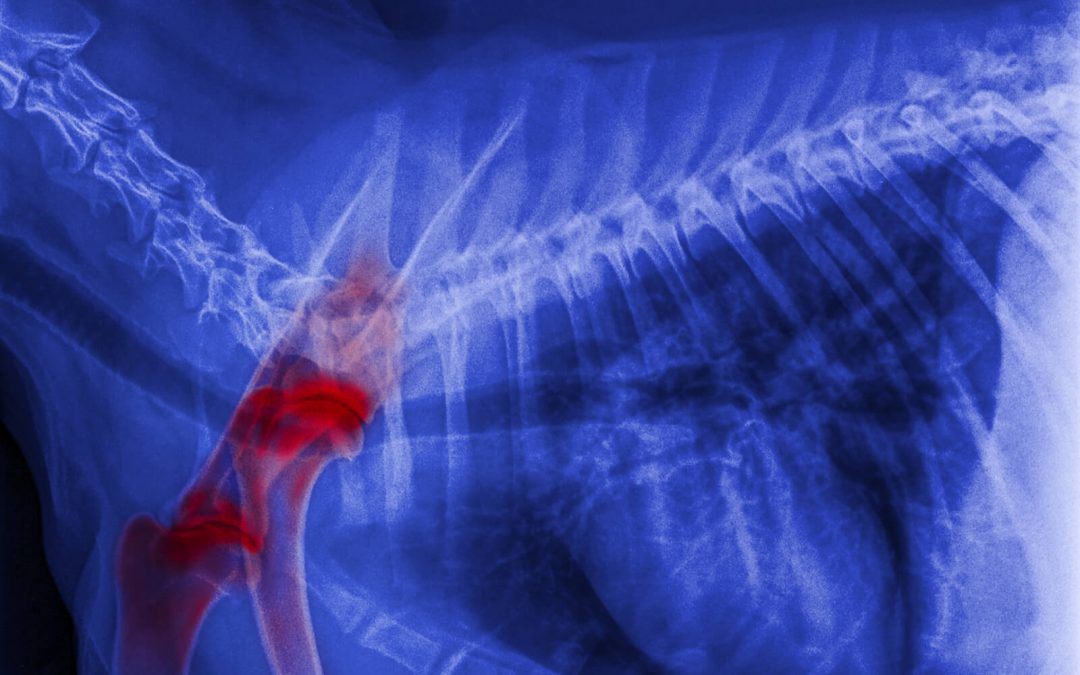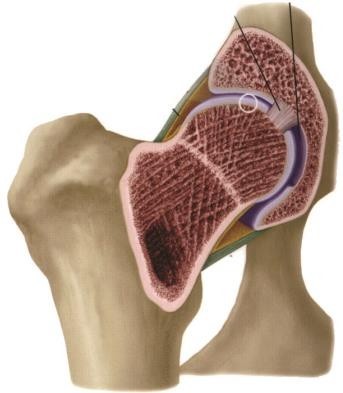
Arthritis
Old age arthritis (or osteoarthritis) is common in ageing pets. It is usually a result of the ongoing wear and tear and instability in the joints, although other factors such as injury, genetic makeup, infection, immune disease and cancer can also affect the progress of the disease.

HOW DO YOU KNOW IF YOUR PET HAS ARTHRITIS?
Accurate diagnosis is best done by your veterinarian. Some signs you may notice include pain or stiffness when getting up or down, inability to climb steps and general slowness on walks. It is worth noting that about one in six adult dogs suffer from the disease.
HOW CAN YOU HELP REDUCE THE DISCOMFORT OF OSTEOARTHRITIS?
Arthritis is not a disease that we can cure but we can do a lot to manage the disease and reduce the amount of discomfort for our animals.
- Weight management
First and foremost this is the most important aspect of managing any animal with arthritis. Overweight animals will place proportionally more weight on their joints and therefore cause more localised inflammation and irritation to the joint and often this will hasten the progress of arthritis. - Exercise management
Exercise is a very important part of managing arthritis. Regular controlled exercise (such as leash walking, swimming, etc.) is very beneficial for keeping the joints mobile and the muscles working well. Uncontrolled exercise (such as long off lead walks, etc.) can cause permanent damage to the joints. - Home comfort
In mild cases, some simple steps taken at home will help to reduce the level of pain and discomfort. Ensure that your dog has a warm, comfortable place to sleep that is away from drafts. Plenty of bedding will help protect any sore joints. - Veterinary treatments
Various treatments are available to manage osteoarthritis in dogs. The ‘best’ option for your dog will depend on a number of different factors involving your animal; such as age, severity of signs, progression of the disease process, whether they have any other diseases, etc. Importantly all arthritis patients should be accurately diagnosed before starting a treatment plan, and this usually requires x-rays to be taken of the affected area.
An accurate diagnosis will enable your veterinarian to give you a prognosis and ensure that there are no other complicating problems (such as small bone fractures or cancer).
The different treatments that can be offered include:- Disease modifying osteoarthritis drugs (DMOADs)
a. Pentosan/Cartrophen
These medications are given as a series of injections. One injection per week for four weeks. They are known as “chondroprotective agents” because they slow down the action of the proteins and metabolites that cause osteoarthritis and they also protect and support the damaged joint cartilage.
b. Green Lipped Mussel Powder
These are dietary supplements that contain Glucosamine and/or Chondroitin Sulphate.
c. These two drugs act synergistically to aid the protection of joints and can be given on a long term basis and help to reduce inflammation. - Non-Steroidal Antiflammatory Drugs (NSAIDs)
a. Rimadyl, Metacam and Previcox
These drugs, prescribed by your veterinarian, help to reduce inflammation around the joints and are potent pain killers. Although the latest generations of these medications have improved and have very limited side effects they still require the liver and kidneys to work harder and may very occasionally cause some gastric ulceration. These side effects can be monitored by your veterinarian and action taken if required to prevent any problems. - Additional therapies
These include the use of stem cells within the joint, laser treatments, heat therapy, massage and weight bearing exercises. These treatments have been shown to improve arthritic pets’ wellbeing and ease of movement.
- Disease modifying osteoarthritis drugs (DMOADs)
